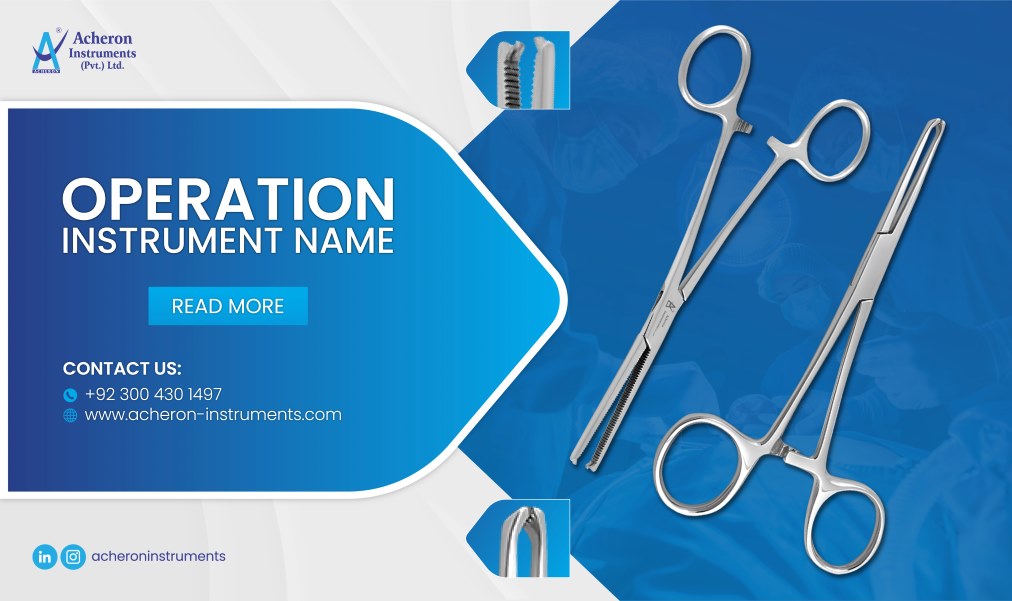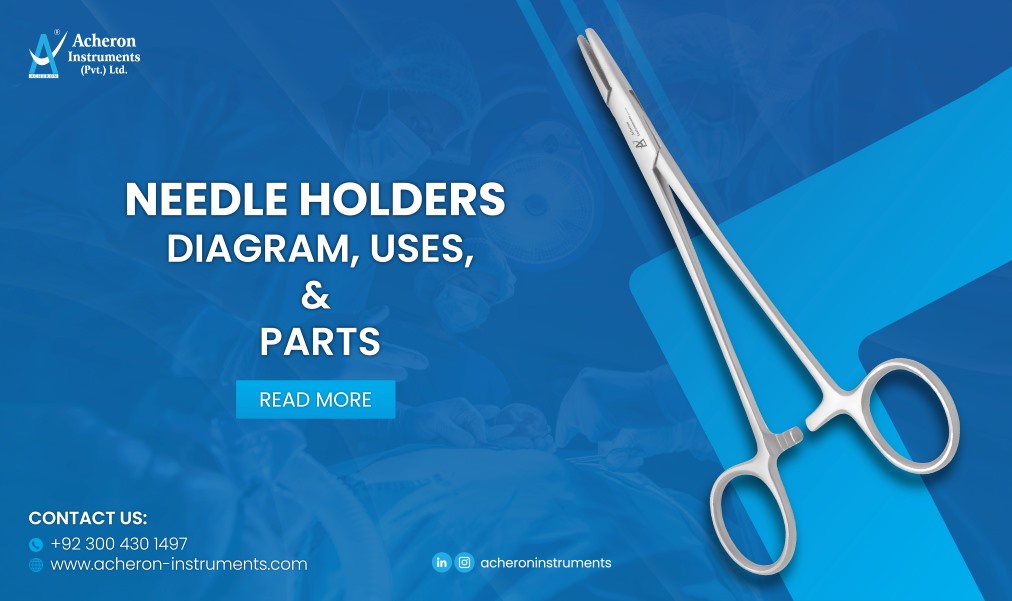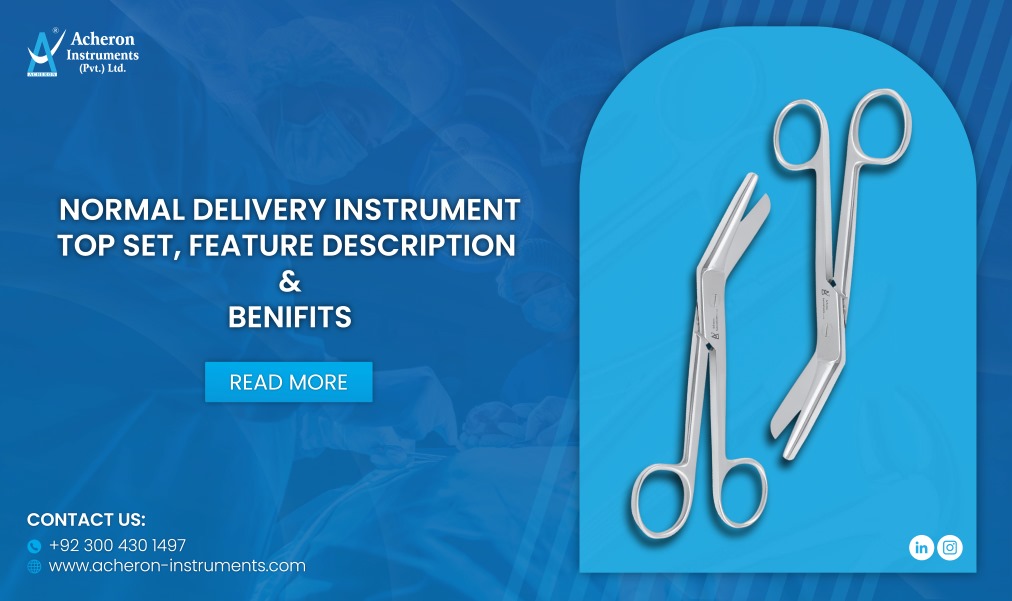Babcock tissue forceps is an effective surgical device that is used for grasping various kinds of tissues by surgeons. These tissue forceps are also ideally used for exploring the abdominal cavity with its atraumatic serrations. They are made with high-quality materials for lasting performance.
Design
Babcock tissue forceps are vastly used during different surgical practices for grasping delicate tissues. The design of Babcock tissue forceps resembles Allis forceps. However, they are less traumatic due to their wider and round grasping surface.
They are solid, finger ring forceps that comprise a ratchet locking mechanism to allow surgeons to self-locking the jaws. This tool features delicate, triangular jaws with horizontal serrations that optimally protect the grasped tissues.
History of Babcock tissue forceps
Babcock tissue forceps were invented by a famous American surgeon named Professor William Wayne Babcock (1872-1963). During the 20th century, he was considered a leading figure in American surgery due to his prestigious accomplishments. Many surgical techniques were invented by him including the Babcock operation for varicose veins treatment.
One of his major inventions was Babcock tissue forceps which are extensively used by surgeons in their everyday surgical practice. He also received the Master Surgeon award in 1947 from the International College of Physicians and Surgeons. He was also presented with Distinguished Service Medal from American Medal Association in 1954.
Uses and specifications
· Babcock tissue forceps offer a wide range of surgical advantages. They are used in procedures that involve surgical incisions of the abdominal wall
· These instruments allow optimal grip on the tubular tissues with their triangular and circumferential jaws
· The jaws of this tool have UltraGrip technology that allows stronger grasping action with its working surface having tungsten carbide inserts
· This instrument can reach deeper surgical sites due to elongated shafts
· Babcock tissue forceps is a versatile instrument. However, it is specially designed to assist surgeons during intestinal and laparotomy surgical procedures
· It is ideally used for holding tube-shaped tissues due to its unique feature of sagittal cross-section
· This device features a ratchet-locking mechanism that allows medical practitioners to self-lock the jaws at the desired width
· It is manufactured with high-quality material that allows surgeons for better performance and efficiency during the surgical procedure
· This tool is available in different lengths and sizes, with the delicate jaws measuring approximately 6mm wide.
· The standard pattern tool has jaws that are designed to easily hold the hypogastric connective tissues without causing damage.
· The ergonomic finger ring handles ensure optimal and maximum control over the tool
Difference between Babcock tissue forceps and Allis forceps
There are some key differences between Babcock forceps and Allis forceps, even though they have a similar overall design.
· Allis forceps provide a stronghold for a prolonged time whereas Babcock holds the tissues less securely
· Babcock forceps have grooves on their surface, while Allis forceps have teeth on their tips.
· Babcock tissue forceps are less traumatic as compared to Allis forceps
Precautions
•It is important to inspect, clean, and sterilize Babcock tissue forceps before first use and every re-use.
•While reprocessing the instruments, it is important to handle them with care wearing proper personal equipment gear.
•Do not use disinfection agents containing mercury, chloride, active chlorine, iodide, iodine, or bromine as they may damage the instrument.
•Do not soak your instruments in hot water, disinfectants, antiseptics, or alcohol for longer than 2 hours to avoid damaging them.
•Do not use abrasive detergents, wire brushes or pipe cleaners, steel wool, etc.
•Do not use products with high alkaline and high acidic potency for disinfection.
Storage of instruments
After proper sterilization, the instruments need to be kept under environmentally controlled conditions. They must be stored in a way that the products are protected from condensation, excessive humidity, contamination by moisture, excessive air pressure, dust/dirt, etc.
Material
Babcock tissue forceps are made of high-grade German stainless steel, making them reusable and versatile. This instrument requires low maintenance as it comprises resistance against environmental changes having high tensile strength.
Wrap up
Babcock tissue forceps is a specialized tool that is versatile and can be used for multiple applications. It is an essential instrument that must be a part of every operating room. We have a wide range of Babcock tissue forceps in different sizes and lengths to suit different surgical needs. Our products are manufactured in high precision practice and advanced technology that makes our instruments durable and reliable with enhanced longevity.
We focus on providing you with the best quality products at the most reasonable prices. We guarantee our products will be free of defects in workmanship and material and are precision designed for performance.
Our instruments are of high quality and will last longer in your operating rooms. They will also improve your performance during various surgical practices, making surgery easier. Don't forget to check our website https://acheron-instruments.com to view our products in detail.








